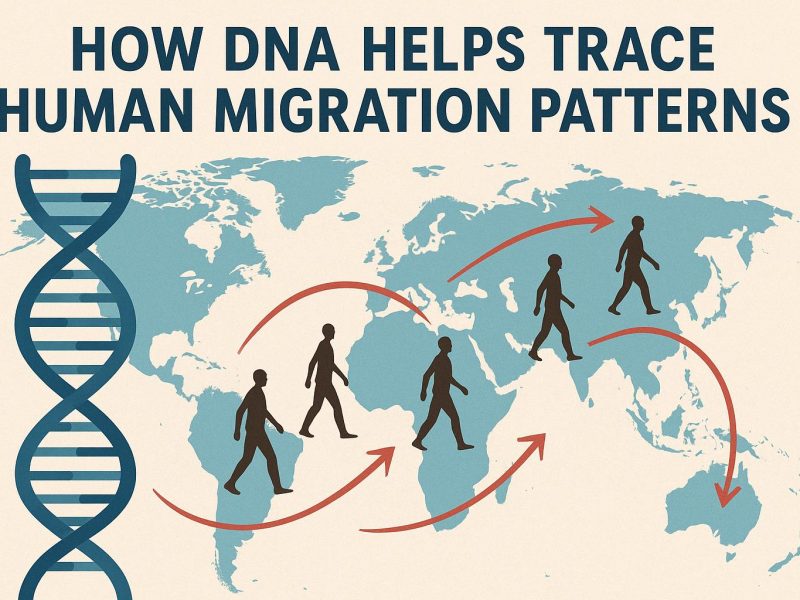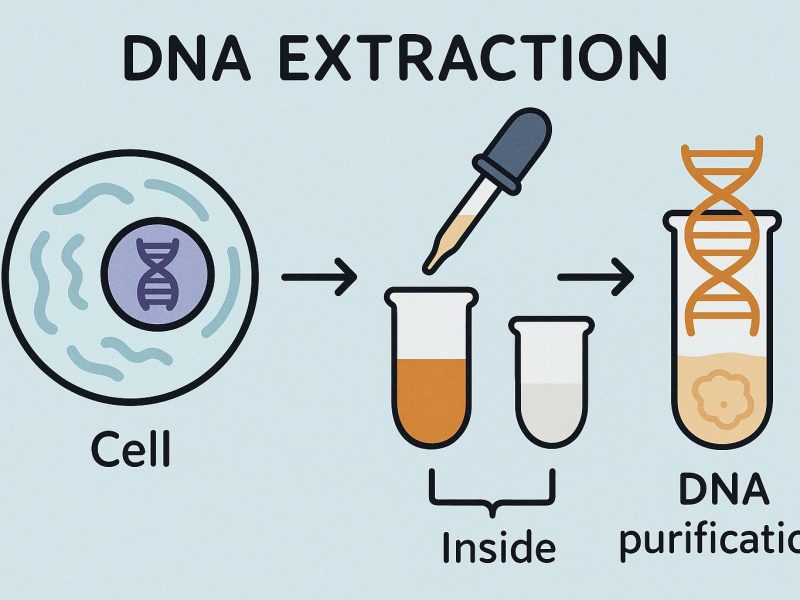Understanding DNA and the Human Genome Project
The study of DNA and the Human Genome Project (HGP) represents pivotal advancements in the field of genetic research, offering profound insights into the molecular instructions that govern the functions and development of human life. DNA, or deoxyribonucleic acid, is a complex molecule composed of two chains forming a double helix, which encapsulates the genetic instructions crucial for the growth, functioning, development, and reproduction of all known living organisms. A detailed comprehension of its structure and function is indispensable for making significant strides in areas of science and medicine.
Structure and Function of DNA
DNA Structure: The pivotal discovery of DNA’s double-helix structure by James Watson and Francis Crick in 1953 marked a watershed moment in genetics. Their groundbreaking work shed light on the storage of genetic information within sequences of nucleotides—components that include adenine (A), thymine (T), cytosine (C), and guanine (G). These sequences act as codes that narrate instructions for synthesizing proteins, essential molecules that enact myriad functions within organisms. Proteins perform crucial structural, functional, and regulatory duties, underscoring DNA’s central role as the hereditary material.
Gene Expression: Gene expression is a fundamental process where information contained in a gene is translated into useful gene products, such as proteins. Elucidating how genes are expressed unravels the intricate mesh of cellular metabolism and functioning, casting light on how disruptions can lead to genetic diseases. When gene expression goes awry, it can result in diverse genetic disorders, pivotal in understanding and organizing therapeutic interventions.
The Human Genome Project
The Human Genome Project, launched in 1990 and concluded in 2003, emerges as one of the most ambitious international scientific undertakings. This monumental endeavor sought to map out and decode all the genes present in the human species, effectively sketching a comprehensive blueprint of our genetic makeup. Its principal aim was to identify and sequence the approximately three billion base pairs forming the human genome, offering unprecedented insights into human biology.
Objectives and Achievements
Fundamentally, the HGP aimed at providing a detailed map of the human genome to spark a surge in research pertaining to genetic disorders, along with spurring innovations in personalized medicine. Achieving a complete reference sequence of the human genome, the project laid a sturdy foundation for revolutionary advancements in diagnosing, treating, and circumventing a multitude of diseases. By unraveling the entire genetic code, researchers have been empowered to scrutinize the intricate relationships between genes and disease, fostering a new era of genomic medicine.
Implications for Medicine and Research
The implications arising from the HGP are multi-fold and expansive, significantly enhancing our understanding of genetics in health and pathological conditions. In medicine, this wealth of knowledge has heralded a new age of personalized medicine, enabling healthcare professionals to tailor medical treatments to individuals based on their unique genetic compositions. This paradigm shift is starkly evident in pharmacogenomics—a field that explores how genetic variance influences individual responses to drugs. Through understanding these genetic influences, medical treatments can be tailored to maximize therapeutic effectiveness while minimizing adverse effects, revolutionizing patient care.
Technological Advances Stemming from the HGP
In the wake of the HGP, a cascade of technological innovations in genomics came to the fore, streamlining genome sequencing while amplifying precision and reducing associated costs. These technological leaps have democratized genome sequencing, rendering it more accessible for scientific research and medical applications. From enhanced sequencing techniques to new computational methods for analyzing genetic data, the ripple effects of technological advances born from the HGP have pervaded numerous scientific disciplines.
Exploring resources from esteemed institutions like the National Human Genome Research Institute and Your Genome offers additional insights into ongoing developments in genomics and personalized medicine. These platforms continue to shed light on current trends in genomic research, perpetuating the legacy ignited by the Human Genome Project, as scientists venture deeper into the uncharted realms of human genetics, inexorably pushing the boundaries of what’s conceivable in genetic research and medicine.



